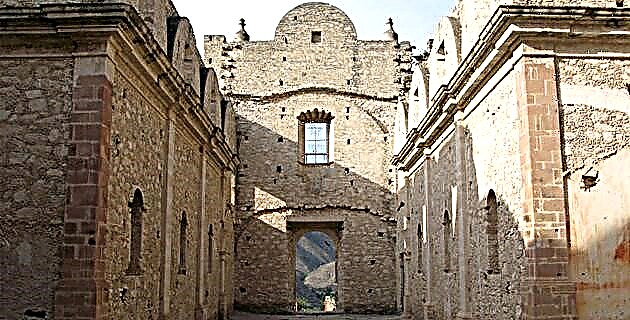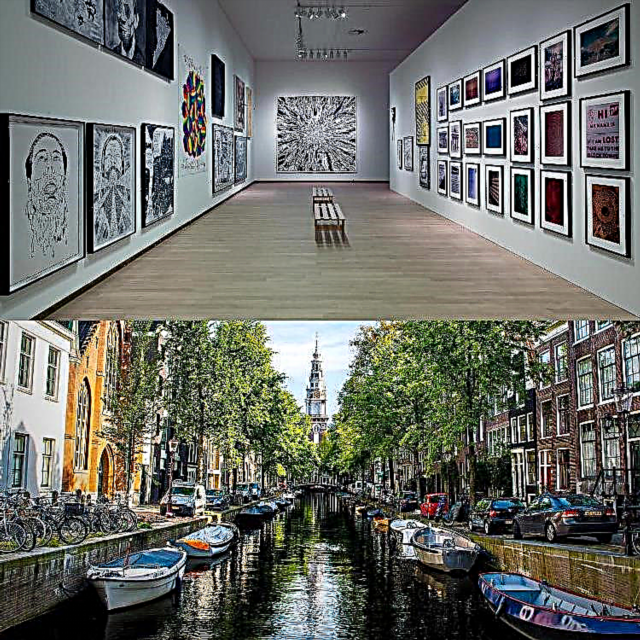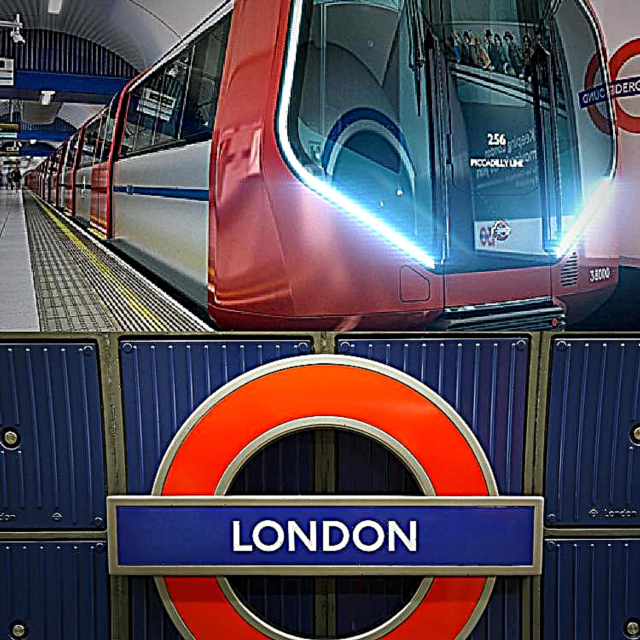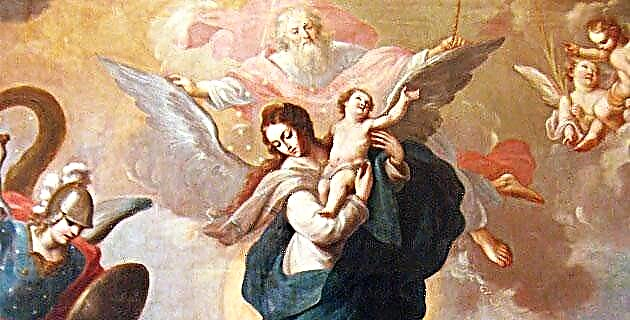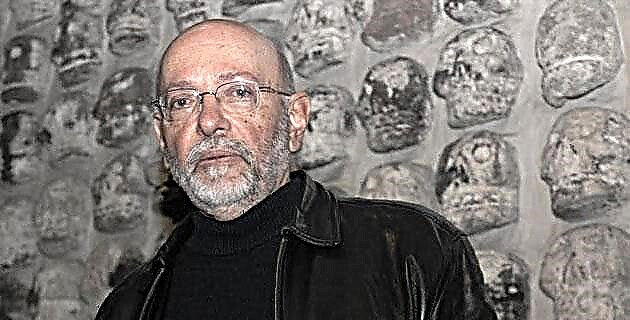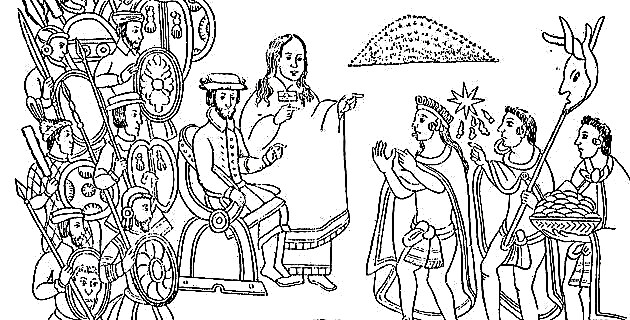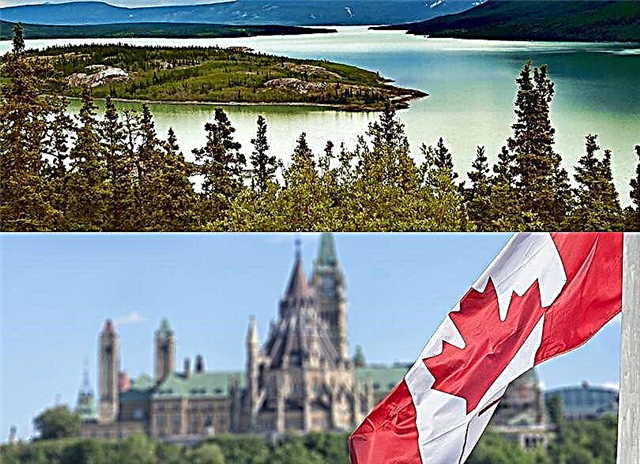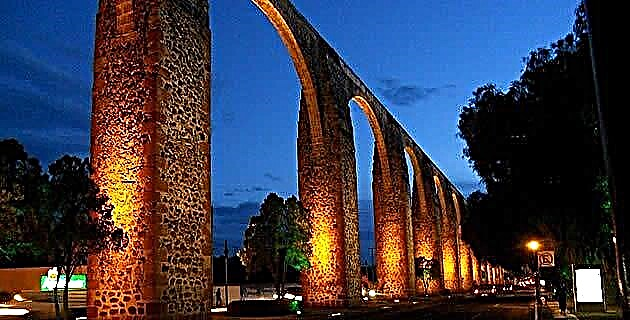
One of the most representative cities of colonial life in Mexico is Querétaro, where you can still appreciate the religious and civil elements that identify the current population.
Capital of the state of the same name and considered as the cradle of our independence, we could hardly imagine the city of Querétaro without the great arches of its aqueduct that identify it, or without that atmosphere of tranquility that characterizes its inhabitants, which seems to predispose to its visitors to enjoy the contemplation and interpretation of its architectural works in a relaxed way.
With this background, we can well discover ourselves in Querétaro contemplating one by one the 74 arches that make up its aqueduct, being surprised by its antiquity, its usefulness and its validity and imagining the techniques and human resources that were necessary to carry out this construction whose harmony it instills in the people who pass by, such tranquility that it has become the appropriate setting for a good talk, for declarations of love and even for important negotiations.
Once located in the Plaza de Armas of this city, considered by many as the most beautiful in Latin America and which could well have been the ideal place for the analysis of philosophers such as Socrates, Plato or Aristotle, we can discover the historical importance that Querétaro has for our country, because there we identify the traces of three events that marked it: Independence, identified by the Casa de la Corregidora Doña Josefa Ortiz de Domínguez, where this distinguished woman sent the message that would unlink in the independence of Mexico, with the events well known to all.
The Reformation can be found in different spaces, although the best known is undoubtedly the Cerro de las Campanas, where Emperor Maximiliano was shot together with Generals Miramón and Mejía, which today is crowned with a monument dedicated to Don Benito Juárez. And finally, well into the twentieth century, the Theater of the Republic reminds us of the promulgation of our Magna Carta in 1917, the Constitution drawn up during the government of Don Venustiano Carranza, considered by many historians as the main event that outlines the ideals of our revolution. And since we are talking about this beautiful city in the Mexican province, it is in Querétaro, visiting places such as: the Regional Museum, since its Pinacoteca is one of the most notable in the country; to the Church of Santa Rosa de Viterbo, which has beautiful altarpieces of incomparable baroque design; the Temple and Ex-convent of San Agustín and of course, the Temple of Santa Clara and the Cathedral dedicated to San Felipe Neri. Anyway, what better way to discover Querétaro, than walking through its streets that at every step, reveal only some of the secrets that this city holds ...
Source: Exclusive to Mexico Unknown online
Editor of mexicodesconocido.com, specialized tourist guide and expert in Mexican culture. Love maps!

